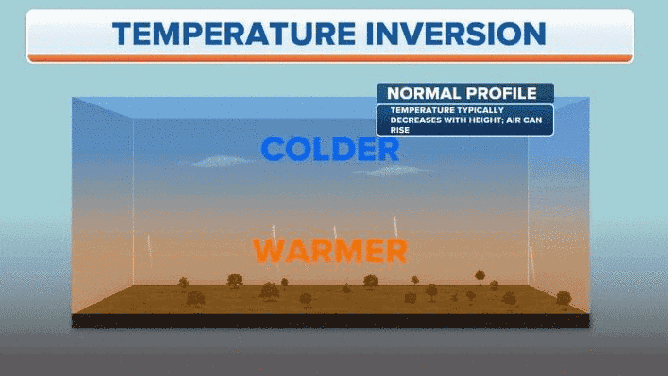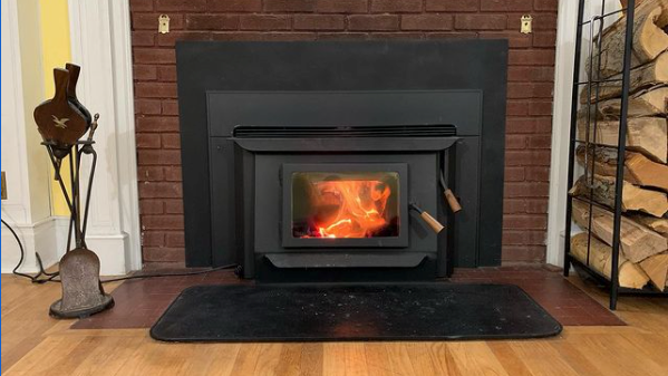What is a temperature inversion and why can it lead to poor air quality?
Certain weather conditions combined with your neighbor’s wood-burning stove are not a good combination in the western U.S.
7 amazing weather facts about Los Angeles
7 amazing weather facts about Los Angeles.
Have you ever noticed that air quality is often poor during the colder months in parts of California and the Pacific Northwest? While poor air quality is usually associated with those hazy, hot and humid days in the middle of summer, when ground-level ozone can result in smog over cities like Los Angeles and San Francisco, it can also become a notable problem in the fall and winter.
At night, under certain weather conditions, a weather phenomenon known as temperature inversion can develop. This is when cold, dense air near the Earth’s surface gets trapped beneath a layer of significantly warmer air aloft. Normally, temperatures decrease as you move up in elevation, but a temperature inversion is the opposite, with temperatures instead getting warmer with an increase in height.

This animation illustrates the difference between normal conditions and a temperature inversion.
(FOX Weather)
This is a common occurrence in the valleys of the western United States on a night with clear skies and light winds. Since cold air is denser and heavier than warm air, the cold air sinks down into the valleys at night while the surrounding hills remain warmer.
Now you might be wondering how this leads to poor air quality on a late-fall or winter night when temperatures might be below freezing.
One way residents heat their homes is with fireplaces, wood-burning stoves or pellet stoves.

A wood-burning stove is a common heat source used to keep homes warm during the winter.
(Brian Donegan)
The smoke exiting the chimney tries to ascend into the atmosphere, but if this smoke is originating from a home in the valley on a night that a temperature inversion has set up, it’s essentially trapped in the valley because the warmer air in the surrounding hills acts like a lid and prevents the smoke from rising any farther.
Such smoky inversions can occur in any valley on Earth, but we witness it annually in the valleys of the West from late autumn into the winter. That is the time of year when the two main instigators – a temperature inversion and people burning wood or pellets to keep warm – are most likely to overlap.
The National Weather Service office in Sacramento, California, said active wildfire smoke can also get trapped beneath a temperature inversion, resulting not only in poor air quality, but also reduced visibility.
Temperature inversions usually diminish shortly after sunrise, as the sun warms up the ground and causes the valley floor to become warmer than the air aloft, marking a return to the normal temperature regime of cooling with increasing altitude.
